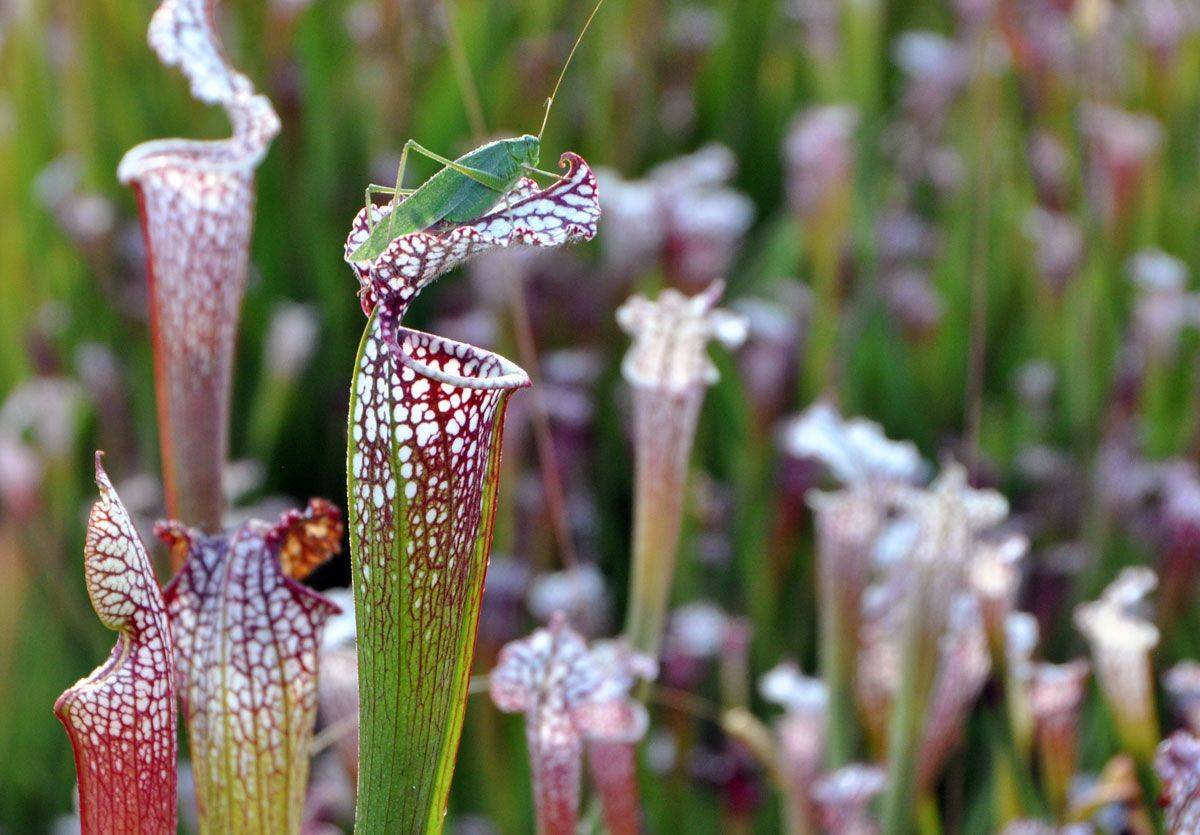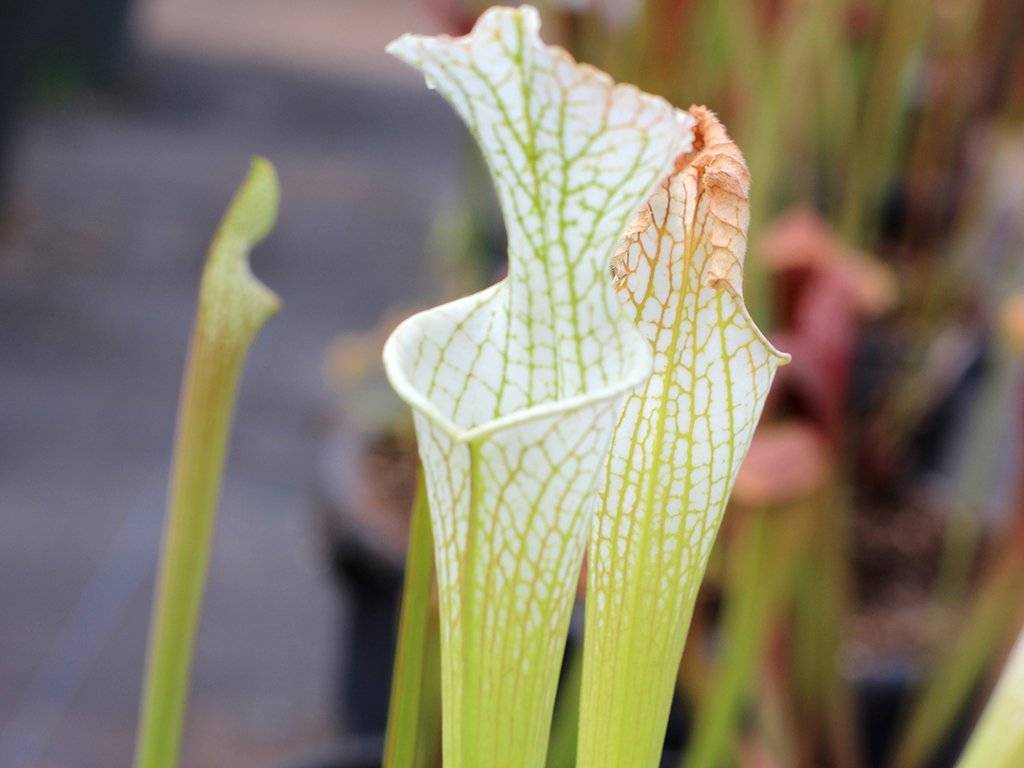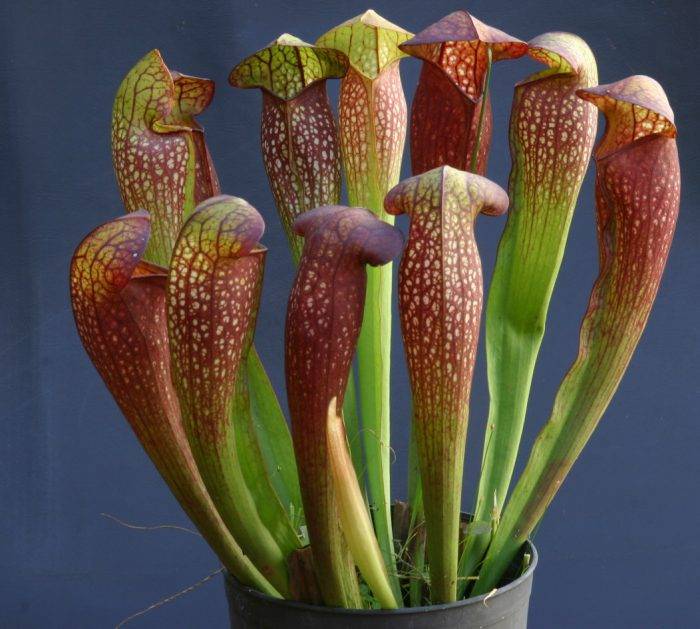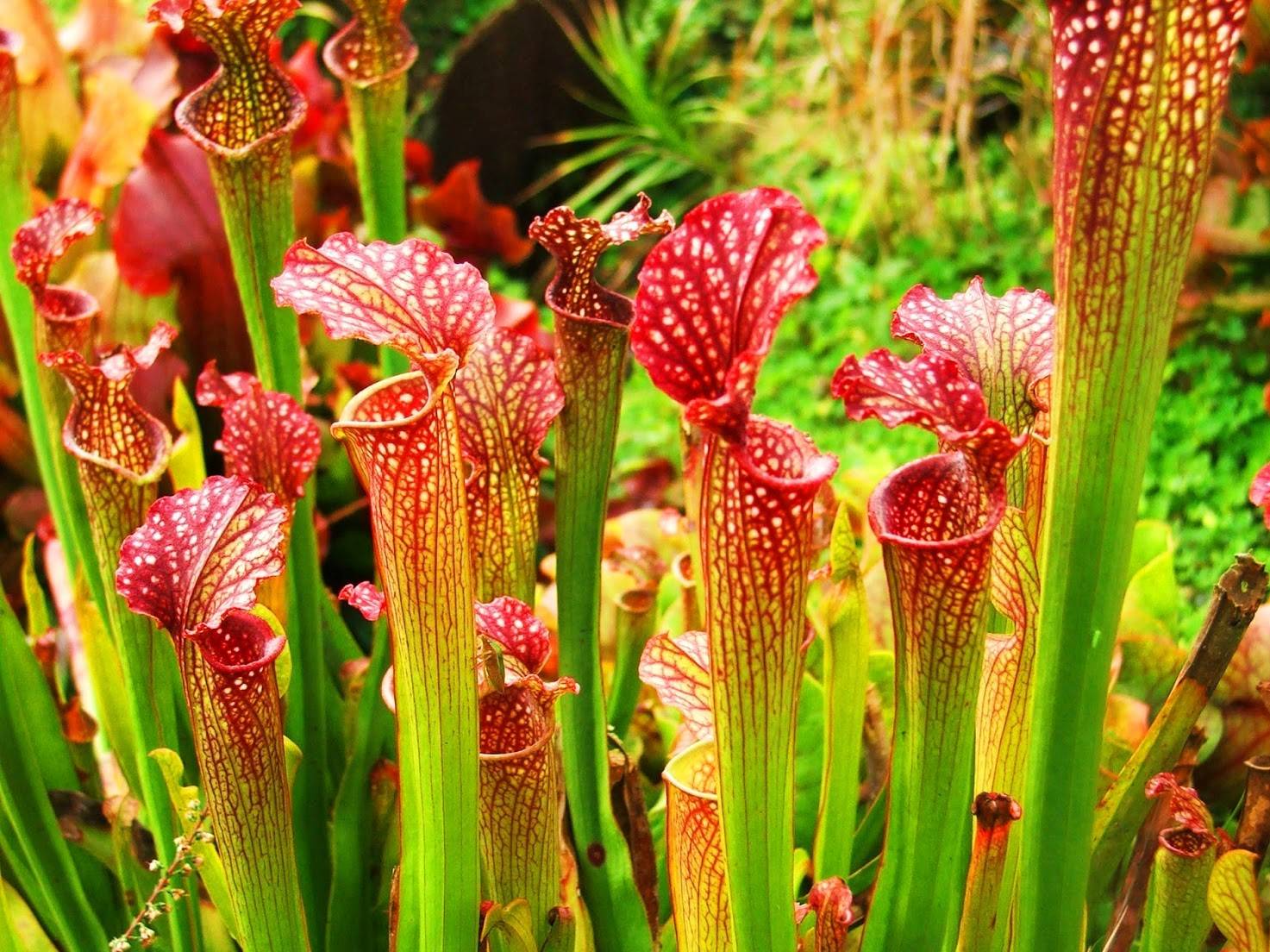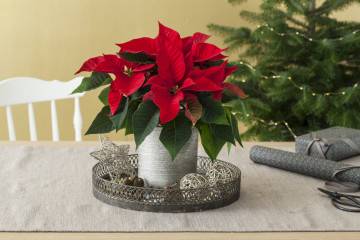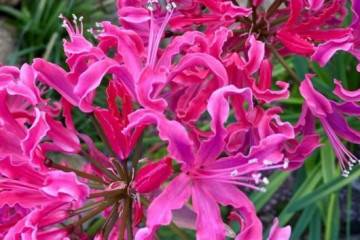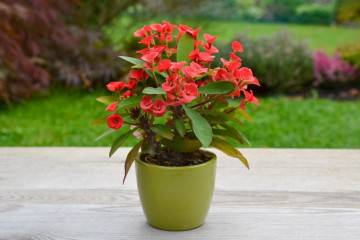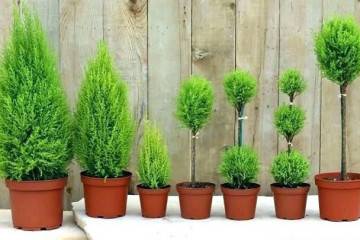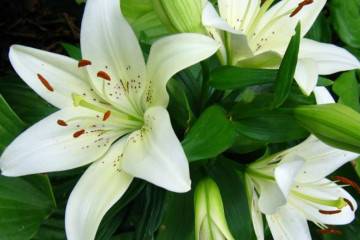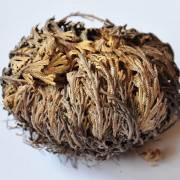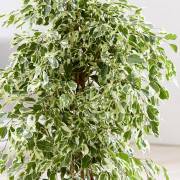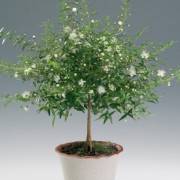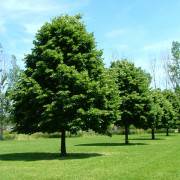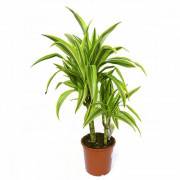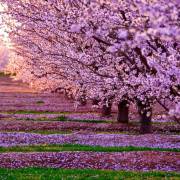Sarracenia purple - how to care for a plant
Content:
Saracenia purpurea is an amazing flower with trap leaves. The place of distribution is in the sphagnum bogs of North America. In total, the genus of these plants contains 8 different species. Among them are evergreen and deciduous bushes. To grow an unusual flower at home, you need to know the basic rules and nuances of care.
Sarracenia - what is this flower
Sarracenia is a rare plant that is also called the green predator. It is referred to as a perennial herb of the Sarratseniev family. All members of this group are considered insectivorous. You can find a flower in a marsh area where the plant goes through its life cycle.
Short description
Sarracenia is a plant that externally looks like a rosette with several twisted leaves. The flower forms long jugs with small holes at the top. The folded part of the leaf covers the plant from rain. The color changes depending on the type of grass. The flowers are often bright and beautiful, it is this factor that attracts the attention of insects.
The flowers are cupped up to 11 cm in diameter. The shade can be yellow, red or purple.
Varieties of carnivorous plants
There are several main types of flycatchers. Plants belong to the same class, but have some external differences.
Sarracenia purpurea
A plant with purple or bright red flowers. This variety produces one peduncle during flowering. The edges of the water lily give off a sweet and aromatic sap that attracts insects. Another name for the flower is Fiona sarracenia.
Sarracenia yellow (Sarracenia flava)
This flower has yellow-green leaves with red ribbed veins. Plant height 50-80 cm. Flowers are always yellow. In some cases, sarracenia grows with rich green leaves. This variety is considered the second most popular after purple sarcenia.
Parrot sarracenia (Sarracenia psittacina)
This Sarracenia got its name from the unusual structure of the top. The spherical head resembles a parrot. In the wild, the plant is found in the states of Georgia, Florida, Alabama and Louisiana.
When growing a house in winter, it is necessary to maintain the temperature in the range of 12-15 ° C. Therefore, experts advise to move the plant closer to the windows in cold weather.
Sarracenia farhamii
Sarracenia Farnhami is a cross between Rubra and Leucophylla species. This plant is also insectivorous, has long standing jugs from 15 cm in height.
Sarracenia Venosa Red
Sarracenia Venosa grows in the southeastern United States and is classified as a rare species. The predatory plant has long leaves (about 50 cm), at the ends of which are red flowers that attract the attention of insects. Sarracenia is found in maroon and scarlet shades.
The principle of catching insects
Sarracenia flower attracts attention due to its aroma. Around the leaf are nectar-bearing glands that secrete sweet juice. The insect settles into the trap and begins to slide along the wet and sweet path. Due to the villi on the inside of the leaf, the insect cannot crawl up. Thus, the victim ends up in the storage departments, from which it is impossible to get out.
In the trap, the insect dissolves under the influence of digestive juices. As a result, the flower is obtained nutrients, in particular magnesium, potassium, calcium.
Caring for sarraceny at home
Cultivated sarracenia care at home requires special compliance with some rules. Since the plant naturally lives in a marsh area, first of all, you should pay attention to watering and humidity. With regard to feeding and temperature conditions, there are also nuances that must be taken into account.
Illumination and temperature conditions
Sarracenia Purpurea loves lighted spots, especially during the flowering period. Daylight hours for these plants should last at least 10 hours. Maintenance rules:
- it is necessary to place the pot on the south side of the house;
- in the summer, the flower is taken out to the balcony, to the garden or to the street;
- with a lack of lighting, phytolamps are used.
Watering rules and humidity
Sarracenia is a moisture-loving flower. The humidity of the air for this plant is not so important, so is the moist soil. It is necessary to ensure that the soil in the pot is always wet. Experts recommend planting the bush in a pot with a deep tray and pouring water into it. This makes it easier to control watering. One of the basic rules for caring for a flower is to use only distilled or rainwater.
Top dressing and soil quality
To ensure high-quality and healthy plant growth, you need to choose the right soil. If possible, it is recommended to plant the flycatcher near a pool or pond. When planting in a pot, you will need a mixture. For its preparation, you need to take perlite, peat, sand in equal parts.
It is absolutely impossible to feed the plant with fertilizers. This is one of the main differences between the flower and other shrubs.
Transplant features
Sarracenia twilight and other species should be grown in a suitable pot. It is recommended to choose containers made of plastic or glass. Also, at the bottom of the flowerpot there should be drainage holes through which excess water will go.
The transplant is best done in the spring, after the flower comes out of hibernation.
Flowering and dormant period of the plant
Warframe's Twilight Sarracetin, Magenta, and other species regularly go through a dormant period. For 3 months it is necessary to provide a low temperature, which will render the plants inactive. It is not difficult to take care of the flower at this time. You can move the pot to the basement or put the bottom of the refrigerator for 3-4 months.
After a dormant period, new leaves begin to bloom, and flowering also begins.
How the flycatcher reproduces
Sarracenia Dracula and other species reproduce in two ways: by seeds and by dividing the rhizome.
Seeds
The seeds should be planted in small bowls in peat soil. After the sprouts grow 10 cm, they must be transplanted in separate containers.
Germination usually takes 20 to 40 days. Young plants must be kept at a temperature of 16-20 ° C.
By dividing the rhizome
In this way, plants that have grown well can be propagated. According to experts, you should not divide the bush too often, as the flower may die. Usually this procedure is carried out in conjunction with plant transplantation.
Growing problems, diseases and pests
Sarracenia, the care of which is described above, most often suffers from an excess of moisture in winter. In this case, rotting of the root system occurs. High levels of potassium in the soil lead to yellowing and leaf fall. In this case, it is necessary to change the substrate and thoroughly rinse the root system from the old soil.
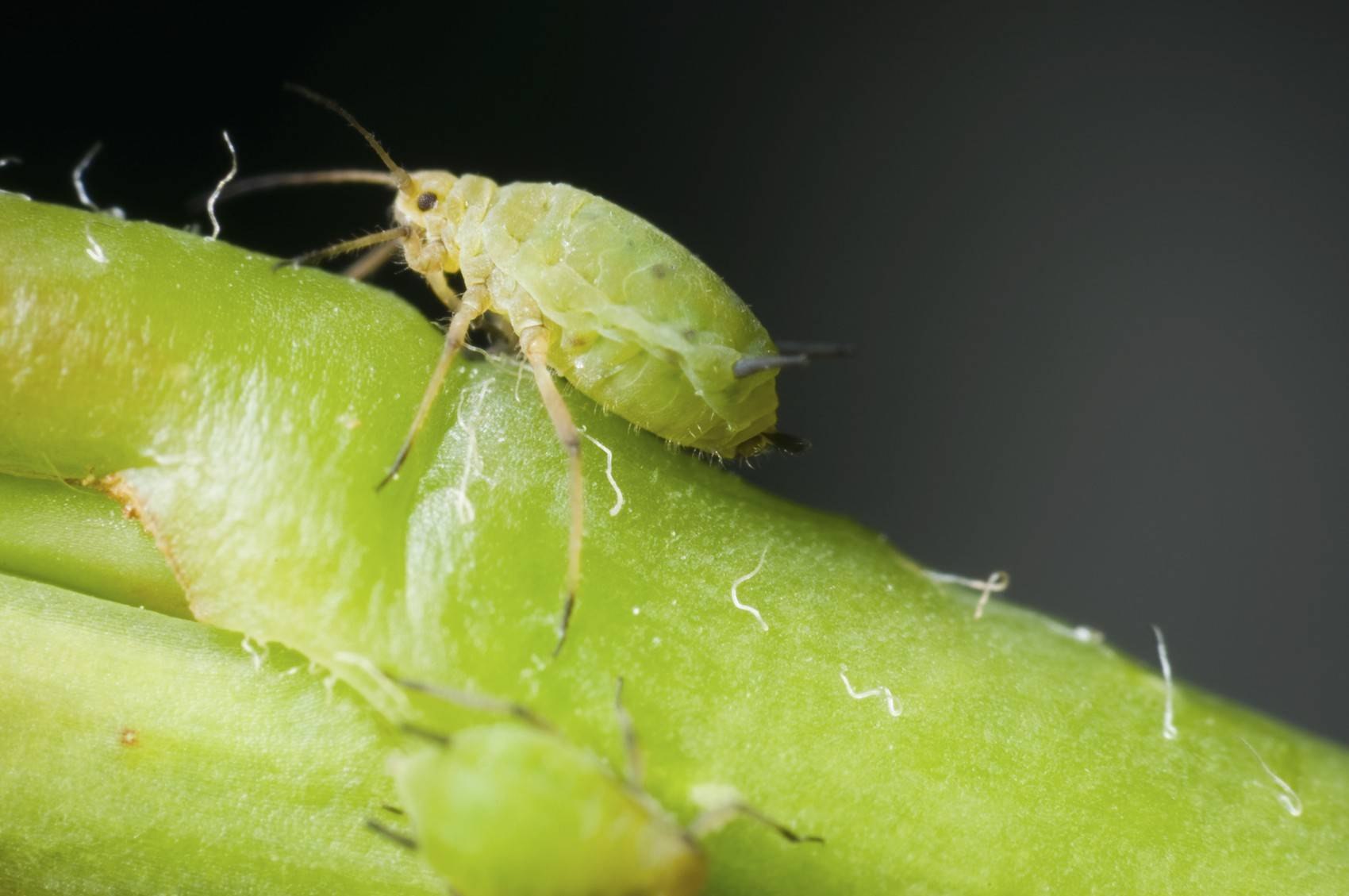
Sometimes aphids attack the flower, which infects the leaves from the outside, without falling into the trap
Sometimes insects in the form of aphids or ticks interfere with the growth of a flower. To destroy them, insecticidal agents are used, having carefully studied the information on the package to calculate the dosage.
Purple, twilight and other types of sarracenia are predatory plants that are rarely found on Russian window sills. The unusual appearance and properties make the flycatcher even more attractive. To grow it at home, you need to know the rules for the care and reproduction of the plant.
